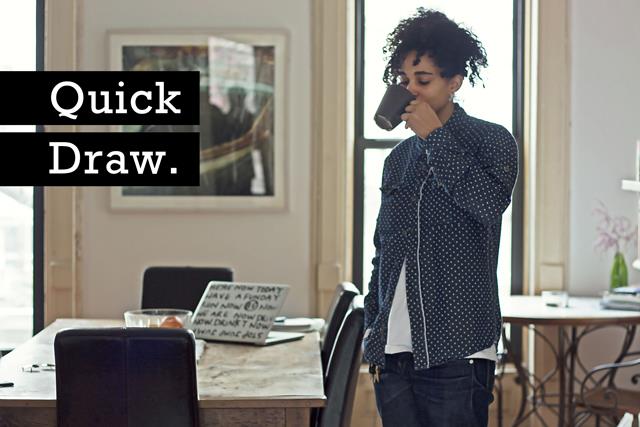Shantell Martin could not stay in her own lane if she tried. Shantell Martin’s journey is constantly adapting. Usually artists attempt to find a niche and stay there, but Martin embraces the free-flowing nature of her craft. In fact, she actively pursues it.
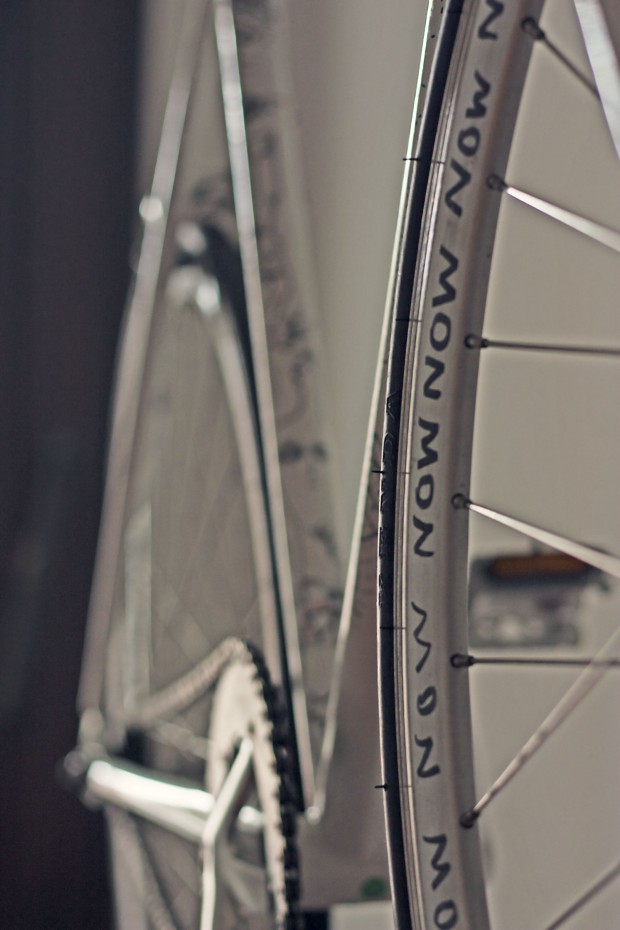
Amarachi Esowe/Quiet Lunch Magazine.
Martin is the ideal artistic specimen, open-minded, talented, and inspired. When I thought of an artist to interview for our Women’s History Issue, plenty of names came to mind, but Martin possesses such a natural love for her craft–you could just see it, like a radiant glow of enthusiasm.
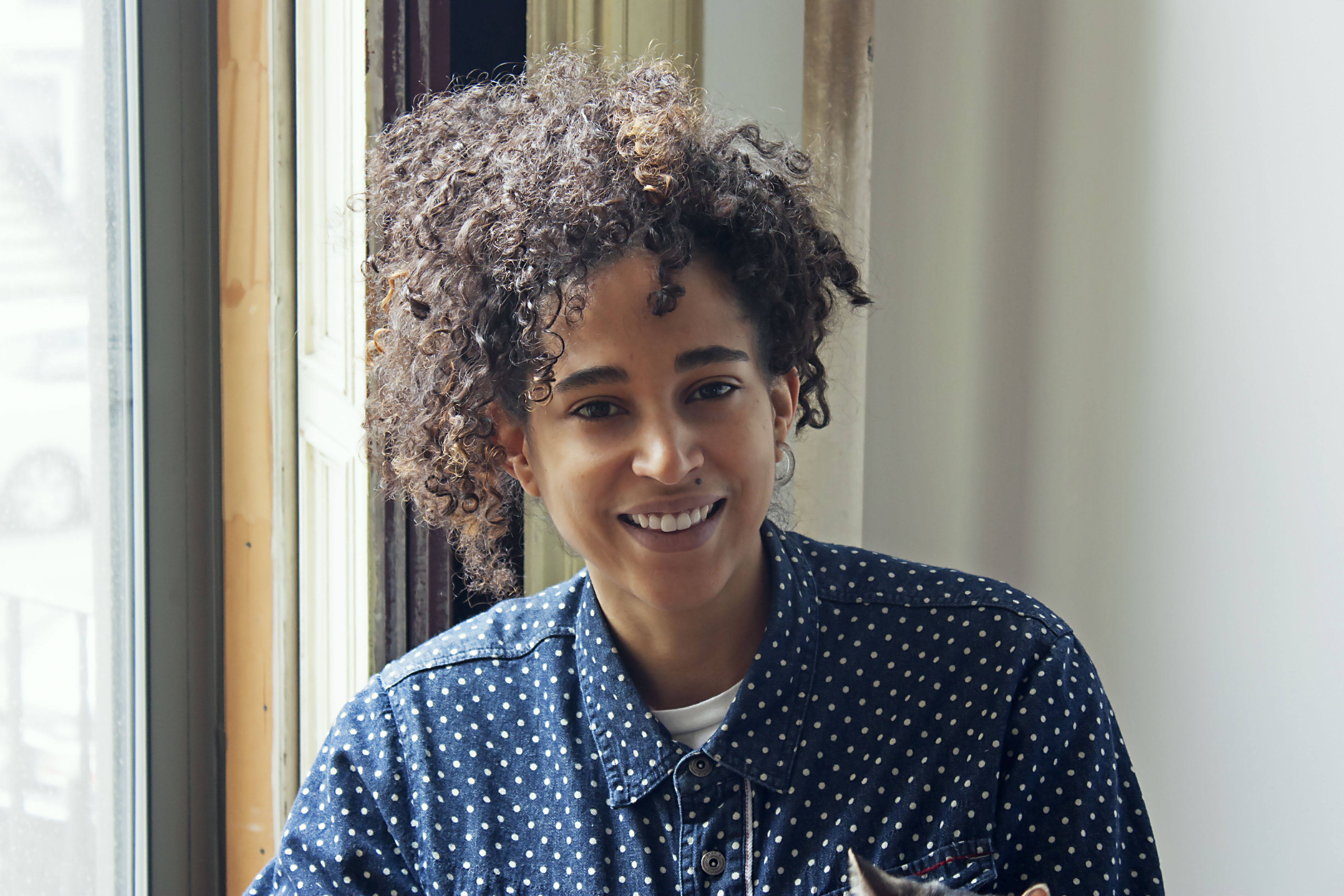
Amarachi Esowe/Quiet Lunch Magazine.
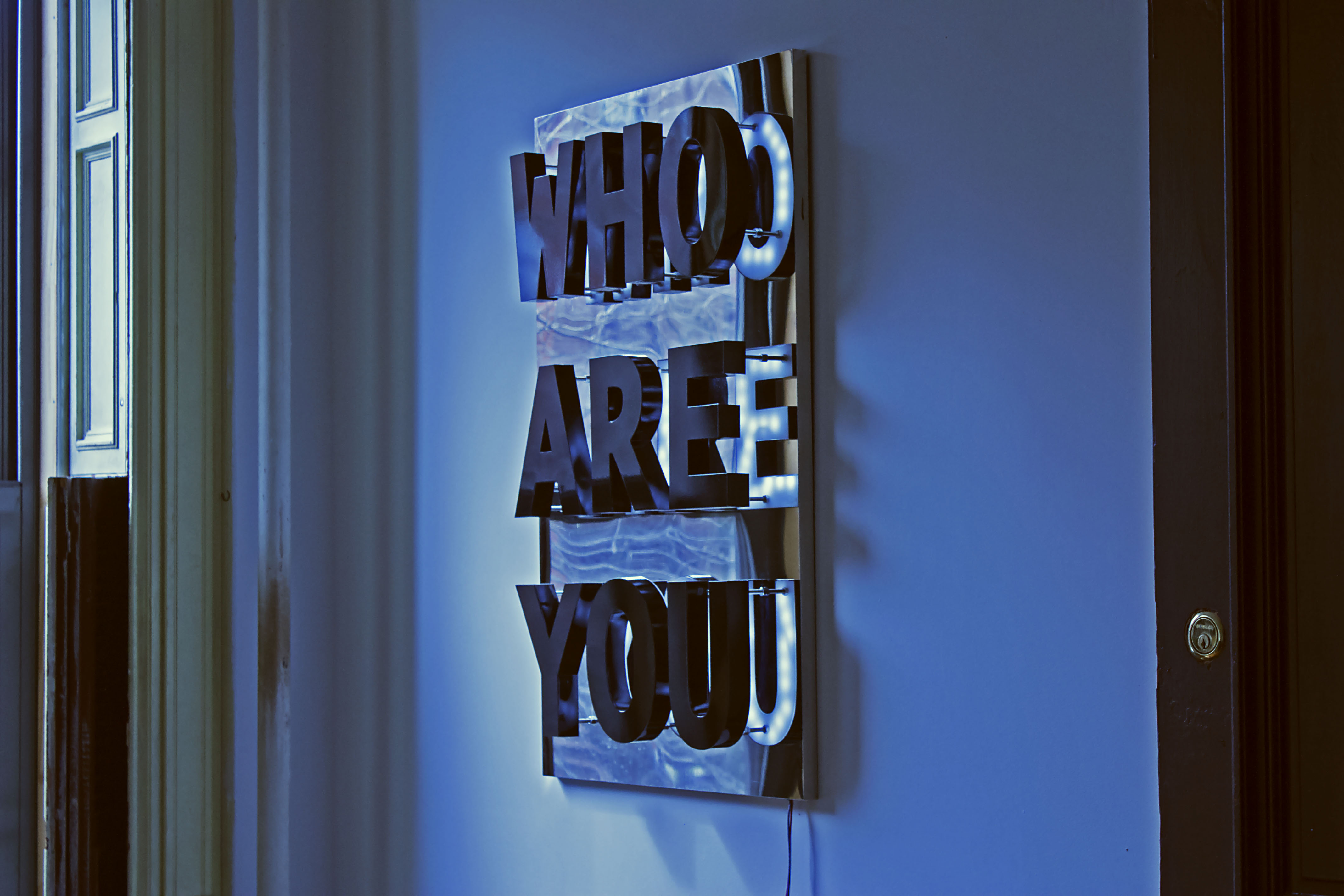
Amarachi Esowe/Quiet Lunch Magazine.
Popular for her wanton illustrations that have the heartwarming charm of a loving doodle, Martin is one of New York City’s burgeoning young artists. Nestled in a spacious brownstone in Bed-Stuy, Brooklyn, I sat down with Martin to discuss her early experiences with art, the nature of her work, and the condition of the modern day female artist.
Martin is a genius, but could easily be considered somewhat of a late bloomer. Although her favorite cartoons often inspired her to sketch her own characters, the former 300 meter runner initially pictured herself as an athlete.
“To be honest, I didn’t really grow up around that much art… even at school. So at school and at home, there really wasn’t much art around. I grew up with a lot of T.V. and a lot of cartoons, so that was kind of my introduction to art in a strange way because I would watch a lot of He-Man and Thundercats and Defenders of the Earth and Captain Planet… kind of all these superhero cartoons–and then I would enjoy going away and drawing my own characters and giving them names and height… and maybe a list of their powers and stuff like that.
I think that was probably one of my earliest experience with art, taking inspiration from the cartoons that I watched and creating new characters.
That was a first experience, but even through school art wasn’t a highlight in my life until much later… probably not until I was seventeen. In England you finish school at sixteen. At sixteen, you can choose to leave, get a job or continue to pursue a higher education. To continue higher education, you need to do three A Levels–which are like three subjects–and I chose Physics, Biology and Design Technology.
I had this idea of wanting to be an athlete when I was older, and I thought, ‘Well, maybe I can get a job in sports science and still combine that with my running… I was a runner, and I ran on a couple of teams when I was younger… 300 meters… that was my idea, but after a week or two of physics, I realized that it wasn’t for me… I just couldn’t do it. It was way over my head and I just didn’t have the patience for it.”
Discouraged, but not defeated, Martin turned her attention to a passion that had been right under her nose all along–the arts. Although Martin was initially an aspiring athlete, she always found an outlet in drawing. Enduring an emotional turbulence that almost every teenager is faced with, she used drawing to regain control.
“So, I asked myself, ‘What else am I going to do? I’m not into geography or history, so why don’t I try art?’
I’ve never did art as an elective before, so I had to go to the art teacher and say, ‘Hey, I never took art before and I need three A Levels to stay in school.’ She said, ‘Okay, I’ll give you a chance.’
She gave me a chance and I did art, of course, and came out on top of that… then I remember the art teachers telling me not to apply for a certain school because I wasn’t good enough and I couldn’t get in and of course that was the school that I applied to and of course that’s the school I got into.
It’s one of those things where it was never my full intention to be an artist or to do art… but one thing leads to another and it leads you into the right place and into the right path, if that’s what you believe.”

Amarachi Esowe/Quiet Lunch Magazine.
In retrospect, Martin was always an artist, an unorthodox one, but an artist nonetheless. Taking time to look back, Martin recognizes certain traits that made her an artist all along.
“Now that I have the privilege of looking back… I collected as a kid. I collected everything. I collected plastic bags, paper bags, badges, stamps, postcards… other people’s postcards, foreign money, posters… I collected absolutely everything, and I would keep it super neat and tidy, have them in a real meticulous order… if I were to create those installations or those collections that I did as kid, that would be art… because it was so obsessive in the way that I did it.
I even collected cigarettes. I’ve never smoked in my live, but I have a huge box at my mum’s house of cigarettes that I collected when I was younger.
I used to make t-shirts, posters… I would create masks and make my sisters wear them… always creating and collecting. Another weird thing I’ve done, I ‘ve collected my hair… all throughout my life I’ve been collecting my hair. Some of the collections I’ve found and some of them I’ve lost. I’ve been doing that on and off since I was fifteen.
I’ve always–without that kind of intention of being an artist–I’ve always, as a person, collected or had ideas of things that I wanted to create.”
Thought of as an illustrator by many, Martin has some serious mixed media leanings. Ultimately she stays within the vein of drawing, but the methods in which she exploits her talent are endless. Martin’s modus operandi:
“Draw On Everything.”
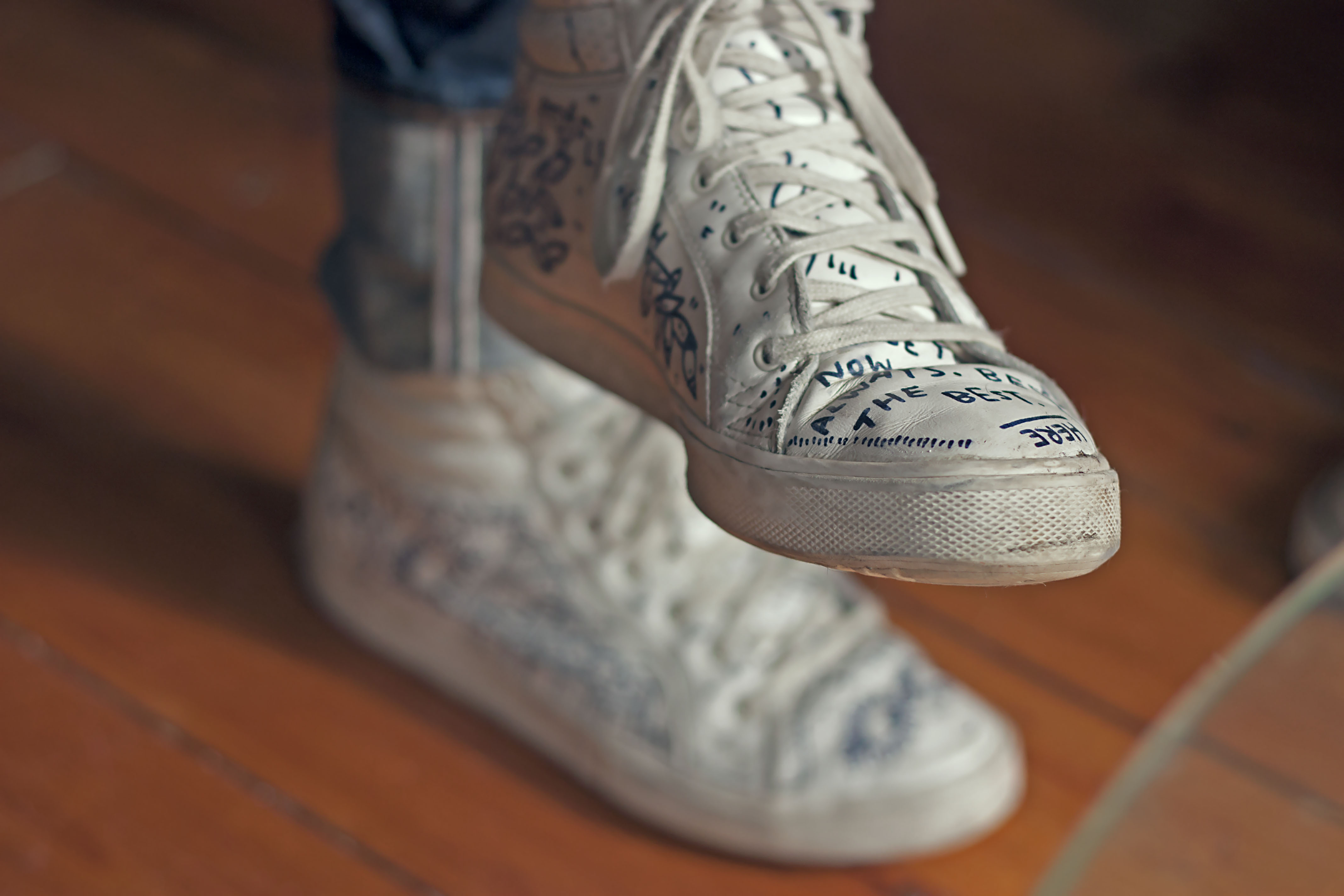
Amarachi Esowe/Quiet Lunch Magazine.
“It’s funny that you say that I’m all over the place because at the end of the day, if look at all of my work, the medium comes back to drawing. Digital analog… my medium comes down to pen. I think the art world wants to say if you’re a painter, a sculptor… but now we have a generation of people that are directors, creators, fashion stylists, illustrators… We are privileged enough to set out to do whatever we want.
I stick to one medium and I’m very dedicated to that medium and that medium is drawing… BUT the application of it doesn’t have to be so rigid. I can draw on a plane, a car, a person, some shoes, a wall… I don’t want to have any boundaries about where my drawing can go and where it can’t go.”

Amarachi Esowe/Quiet Lunch Magazine.
As an educator at NYU, Martin actually teaches a courses called, Draw On Everything. It is a course that encourages young minds to put their heart into their art. She isn’t just talking about freedom, she actively partakes in the enlightenment of our future artists. This is what makes Shantell Martin a cut above the rest. She not only feeds off of her on self-improvement, she wisely encourages others to do the same.
“I started to teach at NYU in the ITP Department. It’s the more interesting part of the Tisch department; it’s like the information, technology, programming–it’s where they make all the fun stuff. The innovative path school, if I’m allowed to say that.
But I’m teaching a class called Drawing On Everything and it’s a really amazing, fun class that I’m enjoying and I hope my students are enjoying. Kind of looking at drawing as more of a push… drawing as a performance either digitally or drawing with software or drawing with code or drawing with pen and paper. But I’m kind of really just trying to get my students to find their own style and voice through drawing–if that’s either something they love or if it’s something that they are interested in–and taking that style or way of drawing and performing with it live in some kind of way.
But the essence of the class isn’t to get good at drawing, it’s not about that. The essence of the course is to find out your style and to find out about you–and to be able to draw or make marks without thinking about it. So with that goal of being able to create spontaneously and then perform that for other people. I think there is something very powerful about learning that skill of feeling rather than thinking and doing that in a creative way.”
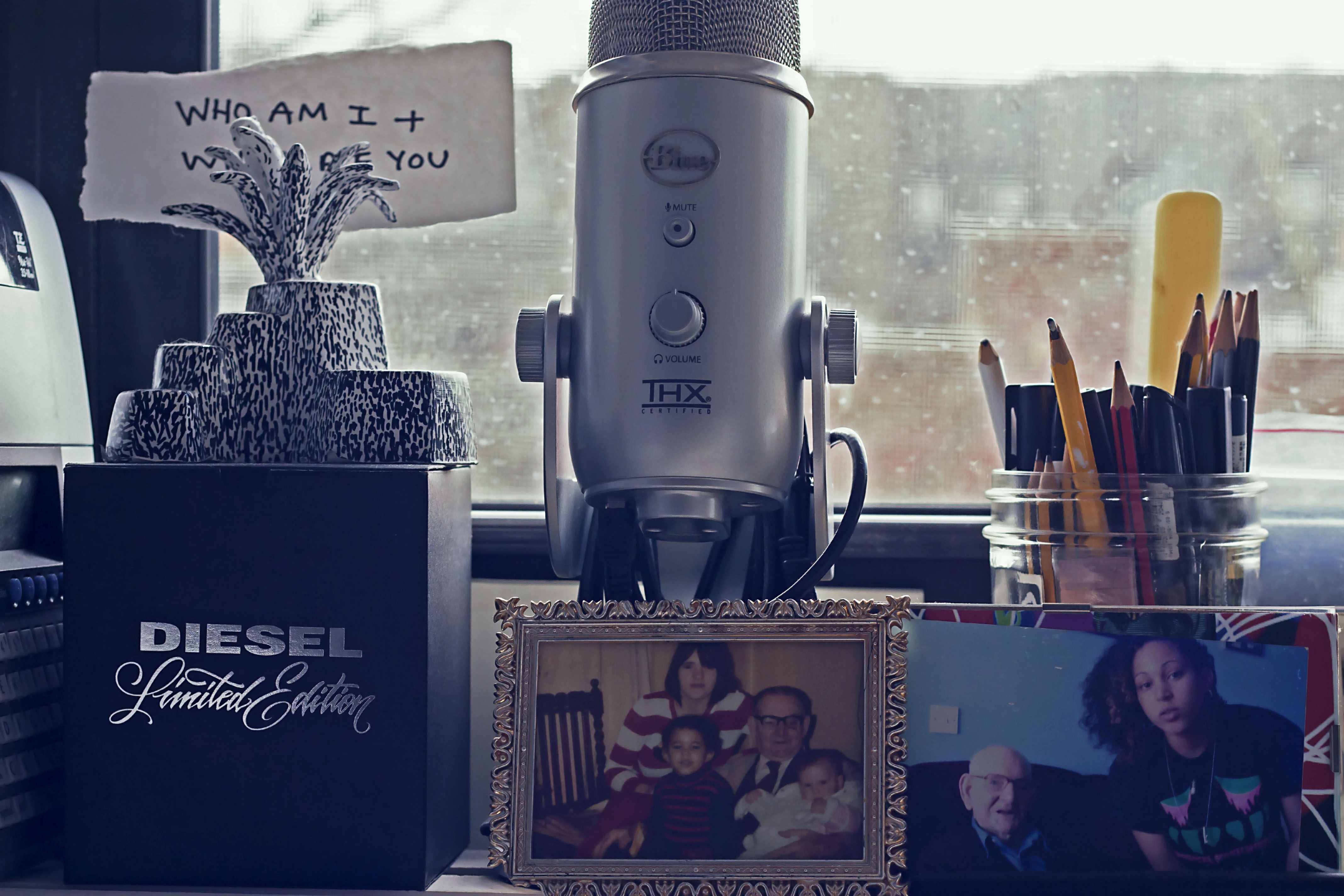
Amarachi Esowe/Quiet Lunch Magazine.
While her students are finding their epiphanies in her lesson plans, the most pivotal period of Martin’s art career came while she was in Japan. The Doors had peyote and the desert; the Beatles had acid and India; and Shantell Martin had Japan. The clubs of Japan were where Martin found her creative essence. Making her bones as a VJ (Visual Jockey), Martin successfully married elements of technology and live performance with her illustration.
“I collected a lot of dust when I was first at art school… even when I went to Central Saint Martin for the first time, I still wasn’t doing traditional illustration… I was still experimenting all over the place. I don’t think it happen until years later of being in Japan that I actually picked up a pen and obsessed with the pen rather than jumping from one thing to another.
I lived there for five years… and the thing is, I moved to Japan from school, so my actual career–or life–outside of education happened in Japan. I found out about who I was as person. It was where I really discovered who I was without any Shantell stereotypes around me. If you grow up around the people that know you then they project the person that you are onto you.
When you go to a completely foreign country, a place where no ones knows you, it’s very easy to figure out ‘okay, this is me. I can do absolutely what I want, I can be who I want’…”
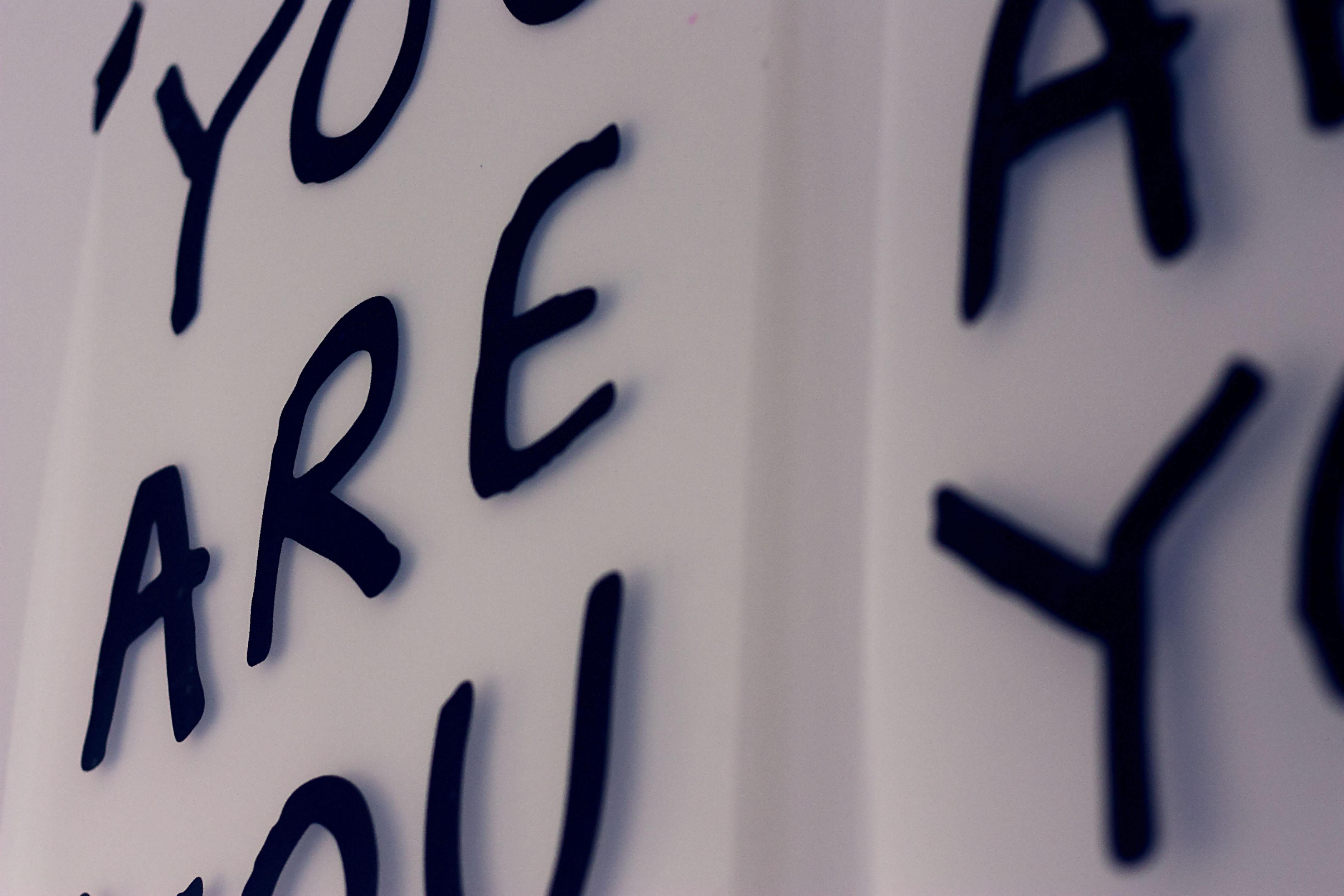
Amarachi Esowe/Quiet Lunch Magazine.
Surprisingly, Martin isn’t much of a spitfire. Her opinions are sound and strongly held, but she doesn’t make the mistake of putting them on a pedestal. Instead, Martin avoids typical outrage and instead systematically works her way to the root of the problem. Being that Martin is a female artist, I took the opportunity to discuss the possible existence of art’s “boy’s club.”
“[Laughs] Well, of course there’s a boy’s club. I did VJing in Japan, there’s no women there. Even working with sneaker brands, it’s all dudes doing it. I’m getting into tattooing, it’s all guys. You go to these galleries and they say, ‘Oh, we’re showing this person, we’re showing this person, they’re cool, they’re cool, and then you point out that they are all guys and they’re like, ‘Oh, really?’
I travel around the world and I talk at these huge conferences and sometimes I’m the only woman there. Even in the coding world–the computer programming world–there is a huge, huge, huge divide which is very obvious.
The problem is, you can’t really complain that there aren’t a lot of women speakers at a conference when maybe there aren’t a lot of of women speakers who are confident and good enough to be at the conference.
The issue goes even further back. Why aren’t we encouraging women to go into programming, or coding, or VJing, or skateboarding or BMXing or graffiti? If you go back, there are still not a lot of women being encouraged or pushed to be fantastic and amazing and awesome in these kind of categories. The number of women going into those avenues are so sparse that you end up where the common denominator is just some white dude.
When we go back and say to these young girls that these are the possibilities, then we’ll start to see these women grow up and take these opportunities.”
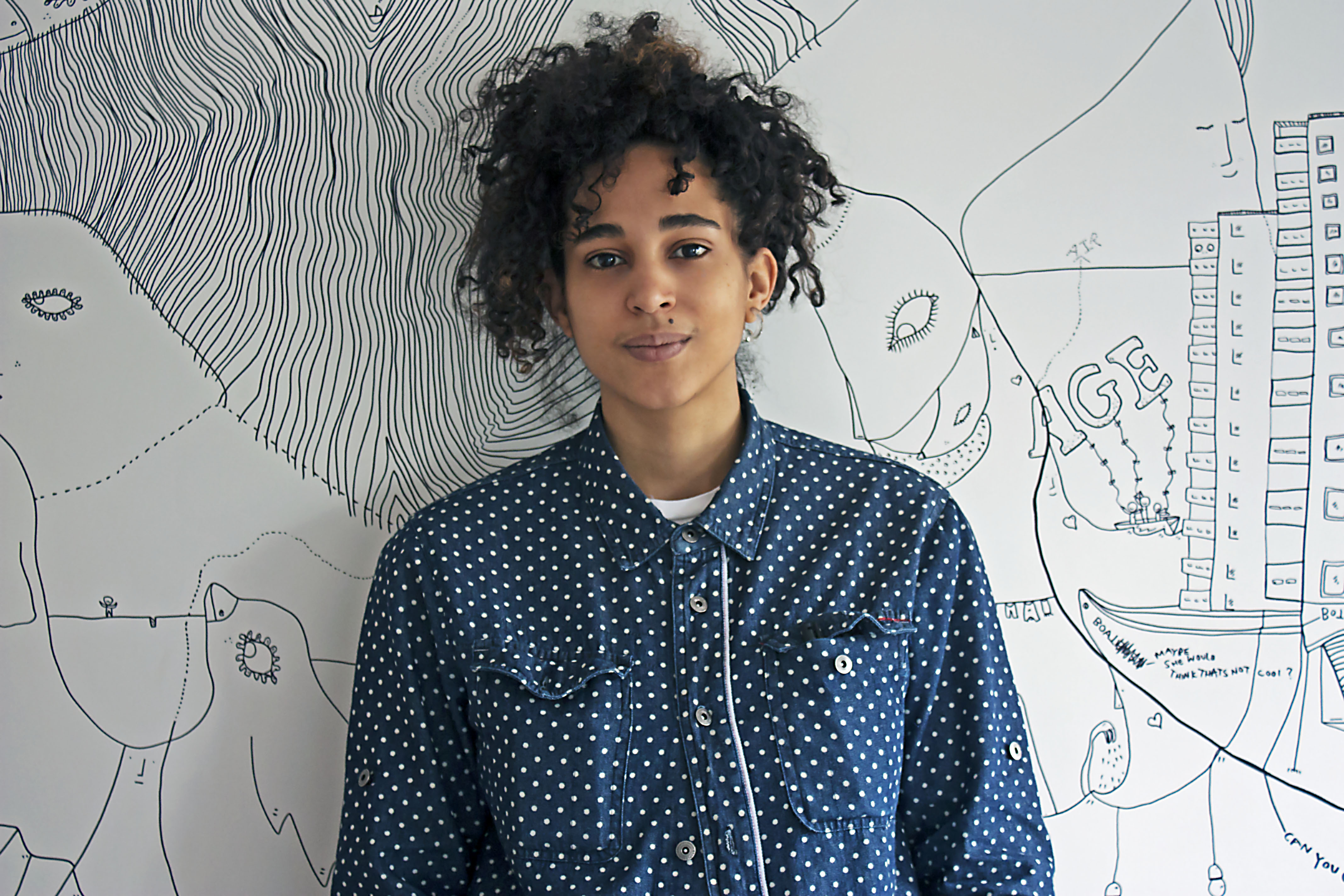
Amarachi Esowe/Quiet Lunch Magazine.
Although she is fully aware of the challenges women face in a male dominated industry, you will not spot Martin on a picket line anytime soon. Despite not having any gender battles present in her work, she keeps active in the struggle by becoming a prime example for young women who are prone to the “unconventional.” When I pressed the issue of artist responsibility, she nonchalantly avoided “the box” while still recognizing what was at stake.
“Depends on what type of art you are. For me, an artist job is to go out and create work that either makes people ask question or inspires people in some way… it gives them something, it raises questions within something. But if as an artist your agenda is gender rights and equality, then that’s your job, that’s your area, that’s what you’re doing. But if you are just a woman creating your work, then it is just your job as a woman, as an individual, to do your work as much as you can and as well as you can–which may inspire people of the same gender or it may inspire people of the other gender.
I’m not citing any political or sexual goals agenda within my work, but with other artists, perhaps they are, and that what helps those other issues.”
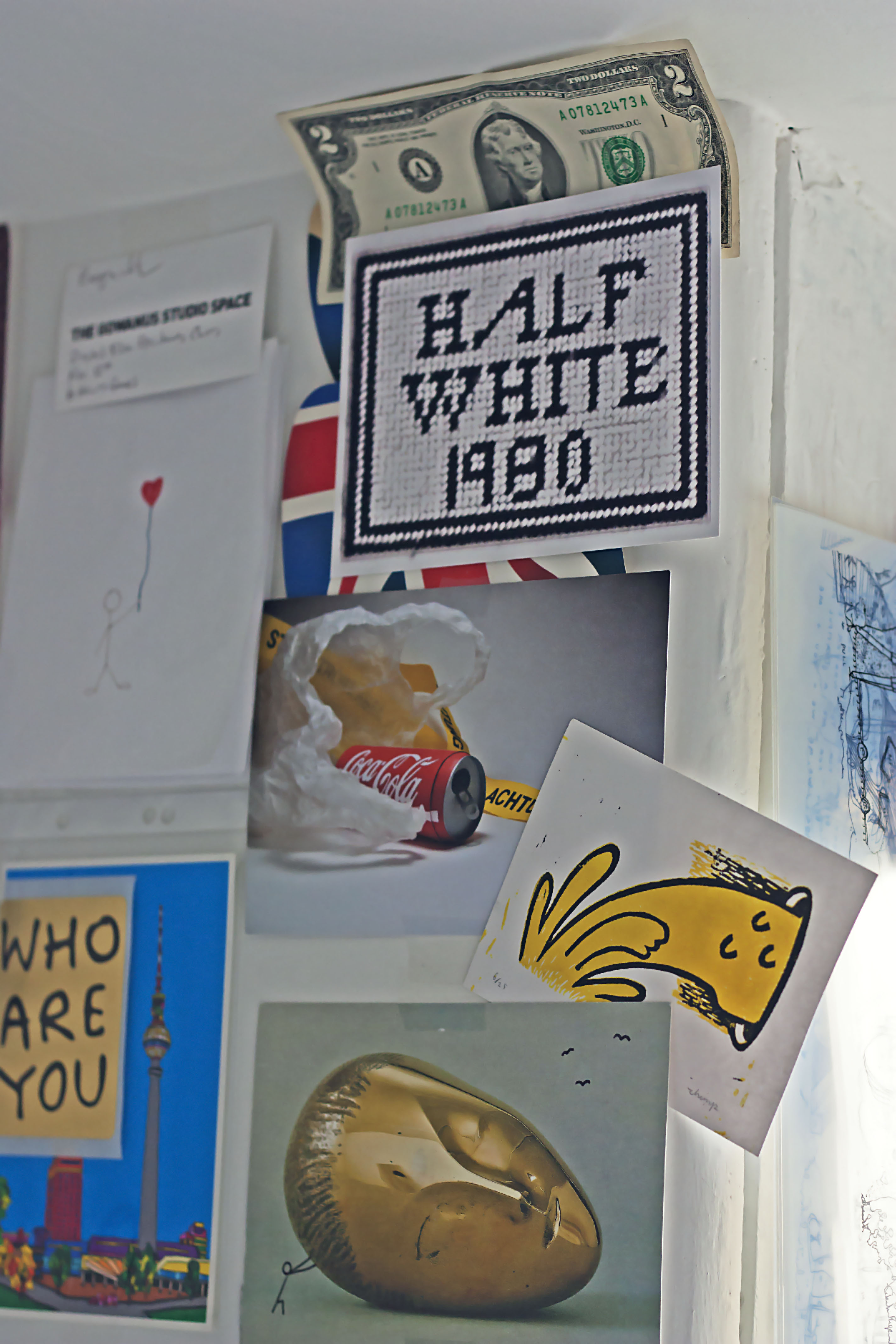
Amarachi Esowe/Quiet Lunch Magazine.
“A lot of people look at my work and they smile. If the only thing that they take away is a smile, fantastic. If they take away from my work, ‘Oh, I can do that’, and then they go home and start drawing and creating or making, fantastic. I’m not creating for my audience to take away from it in that sense. That is not my goal or intent, but if it makes them smile, if it makes them want to go home and create–or even share my work–it’s fantastic.”
Written by Akeem K. Duncan.↓
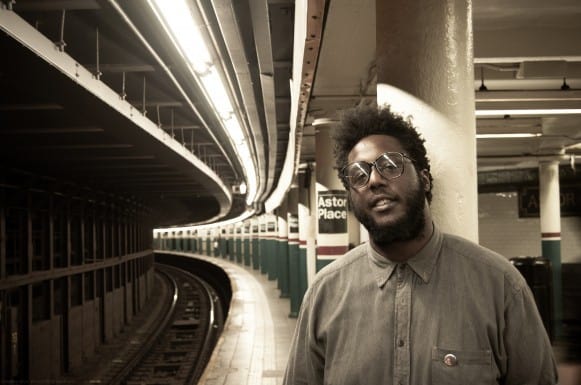
Akeem K. Duncan (n.): editor in chief; autodidact; despised by most of the staff.
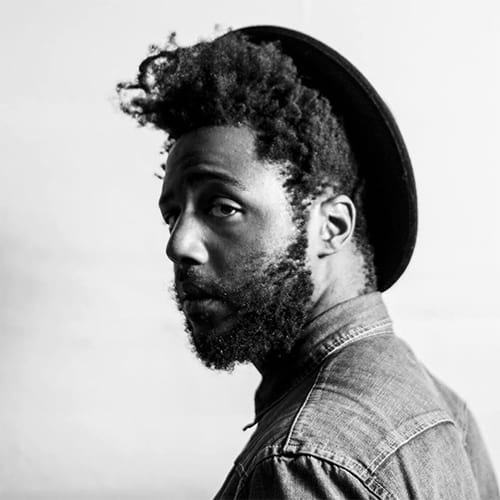
Akeem is our founder. A writer, poet, curator and profuse sweater, he is responsible for the curatorial direction and overall voice of Quiet Lunch. The Bronx native has read at venues such as the Nuyorican Poets Cafe, KGB Bar, Lovecraft and SHAG–with works published in Palabra Luminosas and LiVE MAG13. He has also curated solo and group exhibitions at numerous galleries in Chelsea, Harlem, Bushwick and Lower Manhattan.

